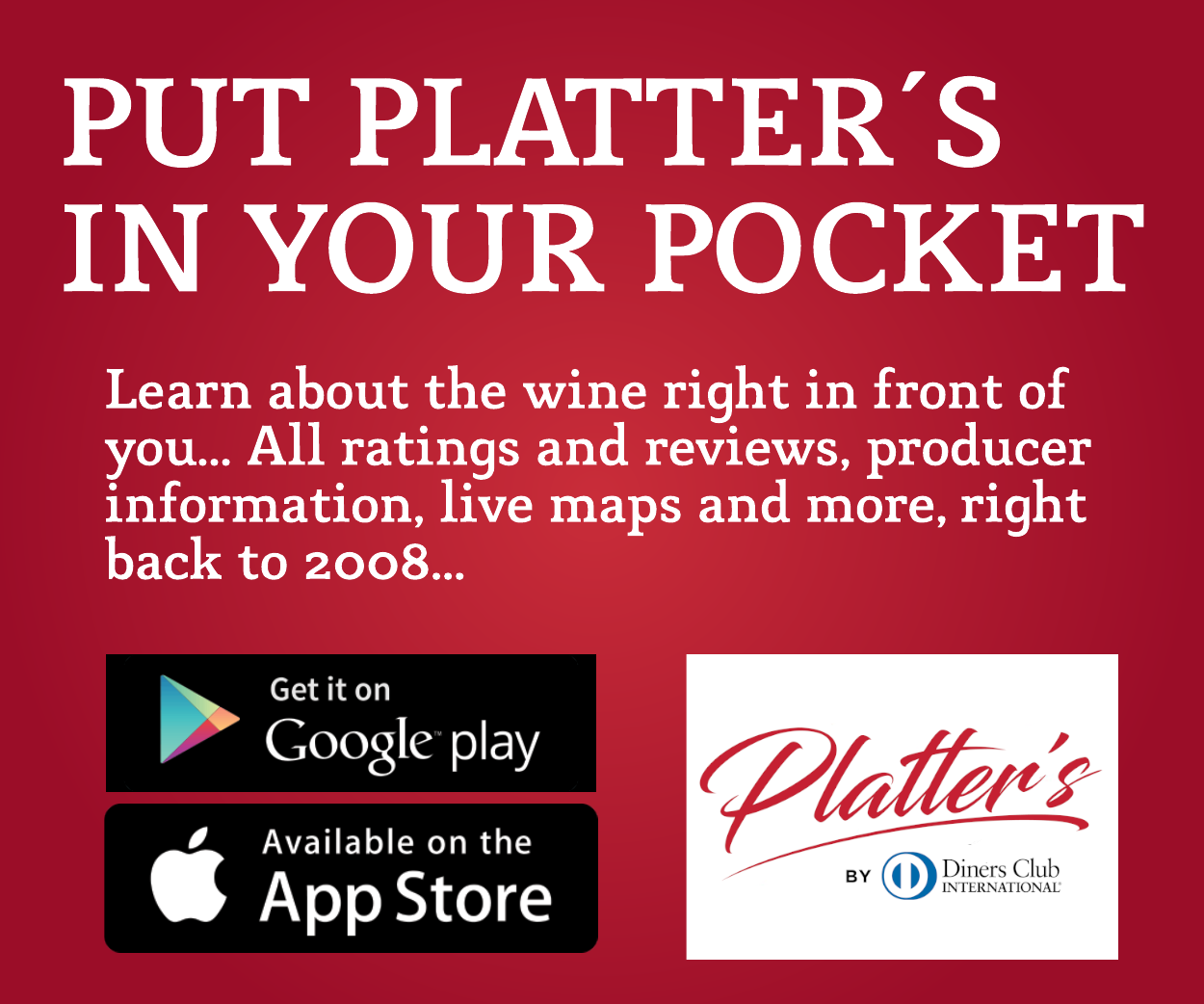"Untapped opportunity in South African wine production"
Topics: Court of Master Sommeliers, Higgo Jacobs, Platter's Guide, South Africa, South African Sommelier Association, South African wine, wine
Light-bodied, Mediterranean-styled red wines represent an untapped opportunity in South African wine production.
So says Higgo Jacobs, Cape Town sommelier certified with the Court of Master Sommeliers (UK), co-founder of the South African Sommelier Association (SASA), consultant and wine judge (for Platter's Guide, among others).
As much as it is useful, Higgo notes, to taste the difference in regional expressions of one grape variety and learn the full spectrum of flavours of such a variety, it must be said that the world of wine truly captures the imagination when one starts to explore the diverse range of varieties in their natural homes.
“When driving from Beaune to Montélimar, say, the pinot noir and chardonnay vineyards gradually make way for syrah (shiraz) as you journey south and the climate warms a little. And though it might be interesting to hypothesise about how the Rhône Valley would perform with pinot, the serious wonder you experience when sipping the first Côte Rôtie of your trip takes care of any idle speculation.”
IT’S THE DIVERSITY IN FOOD AND WINE THAT WE LOVE
It really is the same with all human indulgences, Higgo continues. Food lovers don’t travel the world to experience the difference in taste of a basketful of products seasoned with a handful of spices, and music lovers don’t limit their collection to the music of one instrument.
“It’s the diversity in food and wine that we love – and love to tap into as sommeliers when doing our utmost to enhance the dining experience of the guests in our restaurants. A marriage of food and wine can transport the diner on a sensory tour of South Africa, but only with the use of seasonal local produce and honest, terroir-driven wines.
“It is unlikely that a good degustation menu would feature a Stellenbosch cabernet sauvignon paired with another cabernet from a different region. But how about a fresh, bright, medium-bodied pinotage or Rhône-style red blend?
“We South Africans don’t produce many red wines from early ripening varieties that are suitable for sipping with lunch in our summers. And the mantra of holding out on reds until dinner (or even worse, winter) is outdated and limiting.
A BETTER AL FRESCO COMPANION
“On some days, I can’t think of a better al fresco companion than a slightly chilled, crunchy cinsaut or grenache noir from Provence, nero d’avola (Sicily), sangiovese (Tuscany) or tempranillo (Rioja) to name but a few. There’s just something about the drying, appetising effect of fine tannins on a light, chilled red that I find more refreshing than many whites.
“The point is that these lively, light-textured reds have developed due to demand, often related to the dining habits of consumers. Fortunately they are not reserved to European climates; they can have a very successful home in South Africa too. (And are officially approved for planting locally.)
“Although we have pioneering winegrowers in every district experimenting with different techniques, varieties and blends, pushing the limits, and changing the very landscape of brand South Africa at the higher end of the global market, I would very much like to see a broader change in offering at low to medium price points and the larger-volume end of local production.
WE HAVE TO START SOMEWHERE
“It is true that larger-volume, higher-yielding regions are mostly driven by the sale of wine in bulk, and that the return on crop/price per litre for the ‘noble’ and better-known varieties may be higher and thus a safer play than lesser-known Mediterranean varieties that yet have to establish legitimate shelf space.
“I realise also that it seems naive to talk about changing the components of an agricultural product as though it was as simple as changing the colour of a light bulb, with disregard for the economic implications of replanting the vineyards.
“But the point is that we have to start somewhere. The reason is simple: the market is maturing and consumers expect wines of interest and charm at every price point.”

